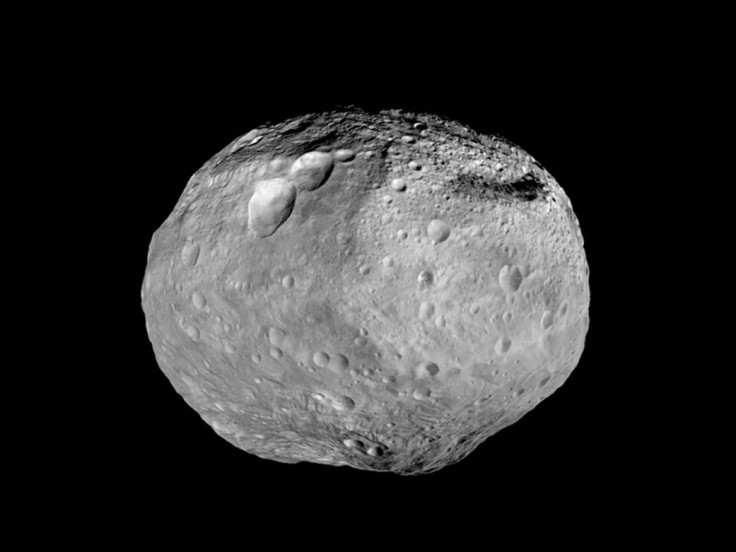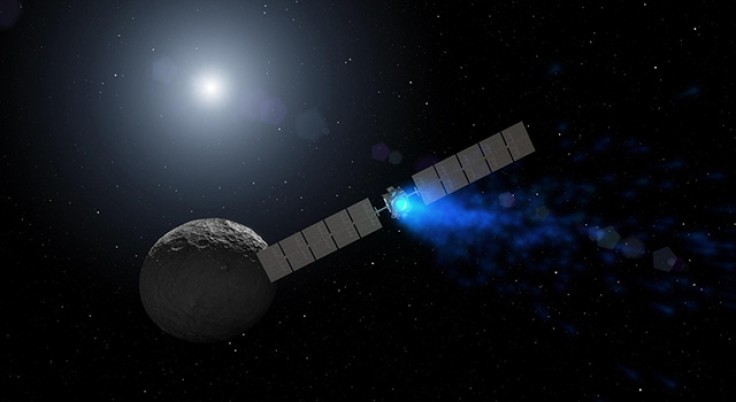The asteroid belt is one of the most mysterious parts of our solar system. Hollywood shows that the place is a ring of densely packed zone made out of space rocks, but the truth is that the material within the belt wouldn't even be enough to make a planet, much less the moon, per NASA.
However, it does host a dwarf planet and various asteroids large enough to wipe out life on Earth, much like what happened during the time of the dinosaurs.
One of these asteroids is Vesta, the second-largest object in the asteroid belt after Ceres, the only dwarf planet in the region.

The Asteroid Belt and Vesta Fun Facts
The Asteroid belt could be described as the place where leftover materials from when the solar system was being created remain. However, not everything when the region created a new world.
The region came into being when the leftover materials were attracted to the gravity of Jupiter, which kept the materials from combining to form planets.
While some of these asteroids fall out of orbit, they are mostly swallowed up by Jupiter, while others are flung into the inner solar system, sometimes passing Earth. The last time an asteroid came close to our planet was on May 27, and it was four times the size of the Empire State Building.
The asteroids are classified based on their chemical composition, according to Space.com. The most common of the classifications are the C, S, and M-type asteroids.
The C-type asteroids are the most common, with them being made up of carbon.
S-type asteroids are made up of a metallic nickel-iron mixture, with the S meaning "silicaceous."
M-type asteroids are those that are made up of pure nickel-iron.
These asteroids also vary in size. Some are as big as Earth's tallest buildings while some are only the size of a man - six feet.
The biggest inhabitant of the asteroid belt is Ceres, a dwarf planet similar to Pluto that calls the asteroid-rich region its home. However, the second largest is an asteroid named Vesta.
Vesta, the second-largest object in the asteroid belt, was discovered by Heinrich Wilhelm Olbers on March 29, 1807, when he was trying to find fragments of a destroyed planet to prove his theory, per a separate NASA article.
Read more : Toyota Recalls More Than 2,500 bZ4X EVs Over Defect That Could Lead to Wheels Separating
Thanks to the lack of density of the asteroid belt, NASA was able to send a spacecraft called dawn to study the asteroid, which was launched on September 27, 2007.
When the spacecraft safely reached Vesta on July 2011, experts found that the asteroid is almost sheprical and has its own crust, mantle, and core, much like a typical planet.
It is also one of the brightest rocky body in the solar system due to the native rocks that make it. Meanwhile, its dark material appeared to be deposited by other asteroids crashing into Vesta in the past.
Intetrestingly, pieces of Vesta managed to reach Earth, with the Howardite, Eucrite, and Duogenite groups of meteorites being souced to Vesta.
Scientists use the meteorites to understand the "Lunar Cataclysm," an event that destabilized the orbits of asteroids in the early asteroid belt caused by the repositioning of the solar system's gas planets.
Dawn Spacecraft Fun Facts

The Dawn Spacecraft is one of NASA's greatest achievements. According to the space agency, it is the only spacecraft to orbit two deep-space destinations. The first of which was the asteroid Vesta, and the second is the dwarf planet Ceres. It is also the first mission to visit a dwarf planet.
Thanks to the Dawn spacecraft, NASA scientists now know how important location was to the way objects in the early solar system formed and evolved, as well as reinforcing the idea that dwarf planets could have hosted adn still could host oceans in their early history.
The space craft was eventually retired in 2018, when the spacecraft ran out of fuel and could no longer transmit data, per The Verge.









